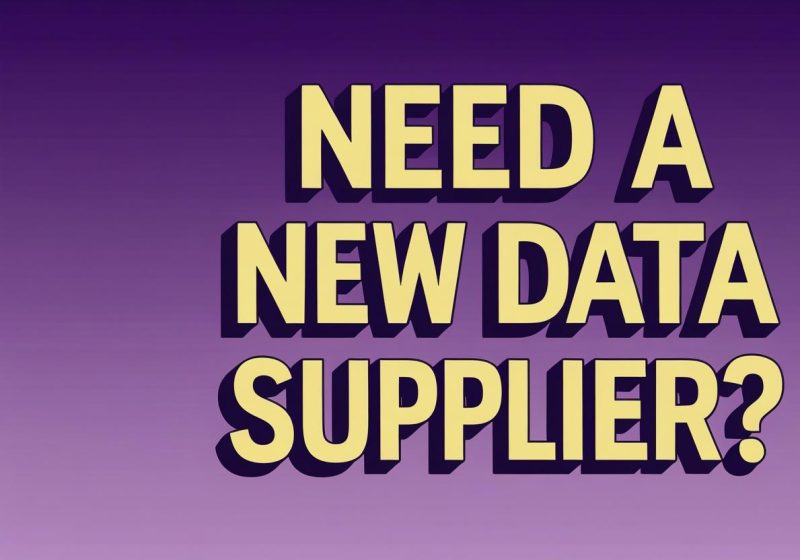Your company can use use old marketing techniques to complement the new.
If your business is a purely web based operation like an ecommerce or membership site, or your website has become the main touch point between you and your market, then its all too easy to slip into the mindset that all online marketing is new and innovative and all offline marketing is clunky, old fashioned and ineffective.
But the reality is that one offline marketing tool, direct marketing, is experiencing something of a renaissance thanks to growth in the online sector. More and more web-based or web-reliant businesses are finding that digital and direct can in fact complement each other.
Direct marketing, and primarily direct mail, is becoming increasingly utilised in many different business sectors to drive quality traffic to a website, where the real conversion then takes place.
Even well established mail order companies are seeing fewer and fewer orders placed using a physical order form from a catalogue, and are instead receiving surges of online orders every time an offline catalogue is mailed out.
Direct marketing is also providing just the right level of sophistication and real time responsiveness to appeal to tech savvy marketers. For many years now the trend in direct mail has been to move away from larger mass mailings to smaller niche targeted campaigns, which fits well with the one-to-one user-led philosophy of web 2.0 marketing.
A well planned and maintained mailing database can be used in as equally sophisticated a way as customised content in a website or dynamic emails. The majority of websites now collect data on users and visitors, and this data can easily be profiled and used to source new data of matching consumers or businesses, for use in direct mail campaigns.
Direct marketing is providing just the right level of sophistication and real time responsiveness to appeal to tech savvy marketers.
Improvements in digital printing technology now mean that it’s affordable to customise every mailing message to its recipient, so that there’s a consistently individual and targeted relationship with potential customers both offline and online.
Markets are even seeing that offline direct marketing actually has some significant advantages when compared to purely online marketing methods. Using digital tools like Pay Per Click advertising or natural search optimisation only reaches those consumers who are already online, a very narrow segment of your potential audience. Businesses are also finding themselves competing against other online competitors in an ongoing war of search of engine rankings.
But if you use direct marketing to target the right type of potential visitors offline and get them to come to your website directly by giving them your website address, you can get them to reach your end goal (an online order or enquiry) with far less chance of them being distracted along the way by other search results or competitor advertising.
The only potential downside of this method is that recipients of your mailing have to physically type your website URL into their browser, which can be time consuming if your domain name is long or complex.
One way to overcome this potential obstacle is to register a new domain name solely for use in your offline mailings, then forward this domain to a unique enquiry page in your website. For example, if your business sells double glazing, you could register a domain like freewindowquotes.co.uk. Because the domain is only used in mailings it’s easier to track responses which helps you measure the effectiveness of your campaign.
Taking this concept a step further, some brands are creating tactical websites, or microsites, specifically to receive traffic generated by offline campaigns. In these cases, a direct marketing campaign with a strong creative theme can then be recreated online, where there are more opportunities to capture user data for future direct marketing, and so the process turns full circle.
Another more surprising benefit of using direct mail to promote a web-based business is that a good old fashioned mailer might just be more successful in getting your audience’s attention than yet another email to their saturated inboxes.
And then there are the benefits of sending something real and tangible in the post to a potential customer, which in turn gives an online business more credibility. This could be especially true of sectors such as financial services and insurance where online competition is particularly fierce, or brands targeting older consumers and marketing products at the luxury end of the market.
We may in fact start seeing marketing trends coming full circle, with online responses being driven more by consumers and businesses responding to a tangible mailer or brochure they’ve been sent in the mail, than from the raft of new digital marketing techniques like social networking.






